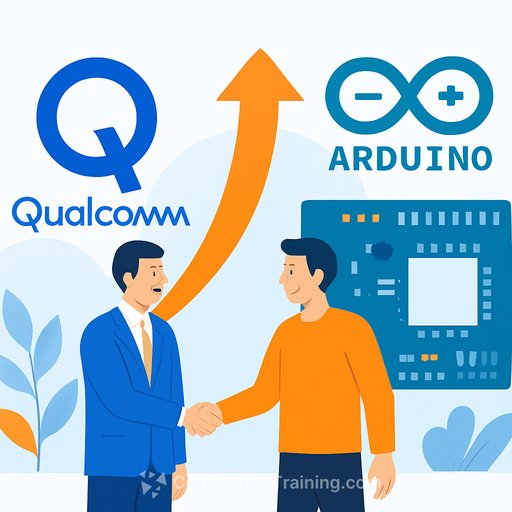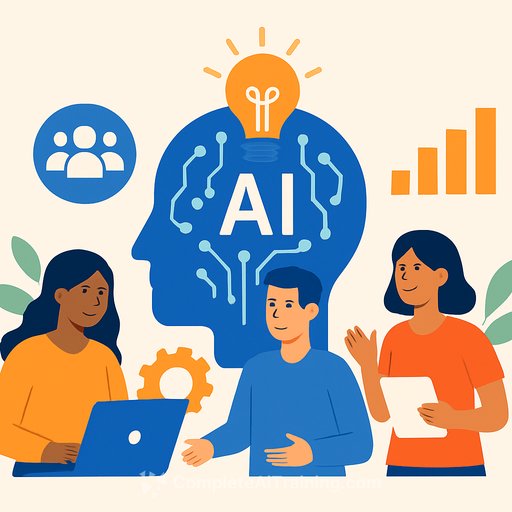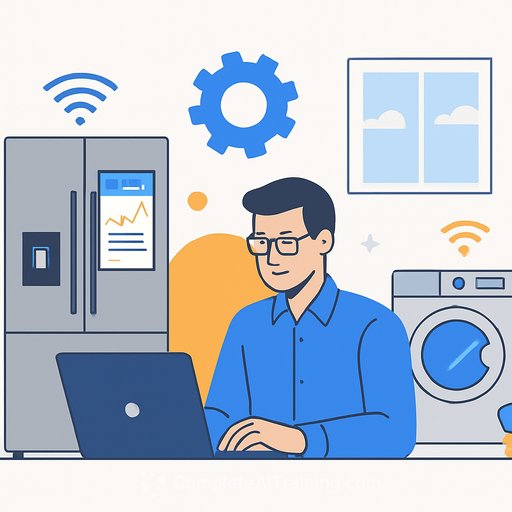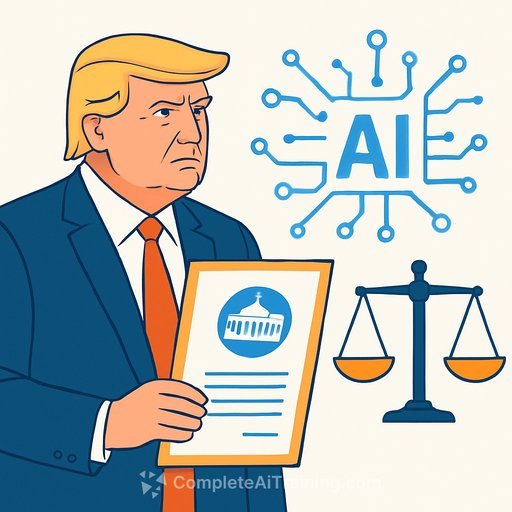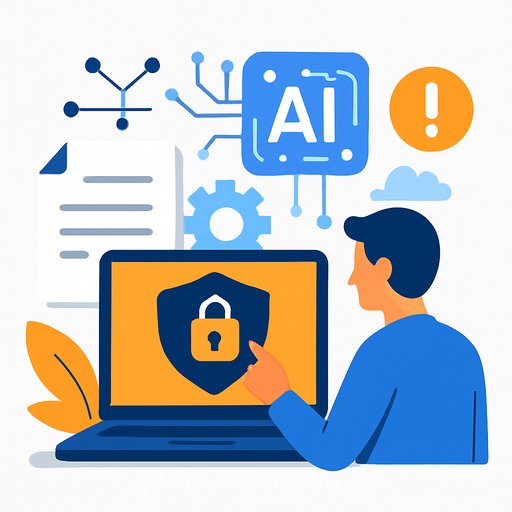Qualcomm will acquire Arduino: what it means for IoT, robotics, and edge AI developers
Qualcomm will acquire Arduino, bringing its Dragonwing-powered Arduino UNO Q board and a new AppLab development environment to a 33 million-strong open-source community. Arduino will keep its independent brand and mission. For developers, the headline is simple: faster paths to AI-on-the-edge with familiar workflows.
Qualcomm said AppLab integrates with the Edge Impulse platform to help teams build and optimize models for object and human detection, anomaly detection, image classification, ambient sound recognition, and keyword spotting. That tight loop from data to deployment is the draw for embedded teams shipping connected, intelligent devices.
What's shipping: Arduino UNO Q and AppLab
UNO Q runs on Qualcomm's Dragonwing processor, bringing higher compute and real-time control to Arduino-class projects. The board adds high-speed interfaces for vision acceleration and multimodal sensing-useful for robotics, smart cameras, and voice-triggered devices.
"Physical AI is designing systems that directly interact with, and operate within, the physical world," said Avinash Dev Nagumanthri, director analyst at Gartner. AppLab complements the hardware by giving developers a streamlined space to build, test, and deploy embedded applications with on-device intelligence.
Qualcomm noted AppLab's seamless link to Edge Impulse, which shortens the cycle of capturing data, training, and iterating models for edge workloads. Learn more about the platform at Edge Impulse and the Arduino ecosystem at Arduino.
Why this matters to your workflow
"It could significantly streamline IoT and robotics prototyping," said Charlie Dai, VP and principal analyst at Forrester. "Developers would gain access to high-performance, AI-ready hardware paired with software workflows. However, this tighter integration might also create a steeper learning curve for those accustomed to Arduino's simplicity."
According to Nagumanthri, the new stack helps bridge the gap between quick prototypes and production deployments, letting teams iterate faster and ship sooner. Manish Rawat at TechInsights added that AppLab enables smoother transitions from basic robotics code to AI-driven workflows, unifying embedded development with data processing.
Open-source ethos: risks, signals, and community trust
Qualcomm said the acquisition combines Arduino's open-source ethos with its hardware portfolio, but the community will watch for any shifts in neutrality. "While Qualcomm may pledge to maintain openness, developers might fear tighter coupling with Qualcomm hardware," said Dai. "Preserving Arduino's open governance and multi-vendor support will be critical."
Others expect limited disruption. Lian Jye Su, chief analyst at Omdia, pointed to Qualcomm's recent acquisition of Edge Impulse, which continues to support multiple vendors. Central to this is Arduino's Hardware Abstraction Layer (HAL). Nagumanthri said the UNO Q maintains HAL integrity, signaling continuity for teams that rely on Arduino's multi-vendor flexibility.
Practical takeaways for engineering teams
- Prototype targets: vision (object/human detection), anomaly detection, keyword spotting, and ambient sound on-device using UNO Q + AppLab + Edge Impulse.
- Skills stack: solid C/C++ for firmware, familiarity with model training and data collection workflows, and CI for firmware and model updates.
- Platform decisions: verify HAL support for your MCU mix; keep options open to avoid vendor lock-in while you evaluate UNO Q performance.
- Data and testing: plan real-world data capture early; measure latency, accuracy, and power on-device rather than relying on lab-only results.
- Pilot path: start with a focused POC (e.g., vision or audio use case), validate end-to-end from capture to deployment, then scale to field tests.
Bottom line
Access to Arduino's massive community plus Qualcomm silicon and AppLab could compress development cycles for edge AI, IoT, and robotics. The opportunity is speed and capability; the watch-out is maintaining Arduino's openness and flexibility. Early signs point to continuity, but teams should verify toolchain portability as they adopt the new board and workflows.
If you're leveling up skills for edge AI projects, explore role-based training at Complete AI Training - Courses by Job.
Your membership also unlocks:

